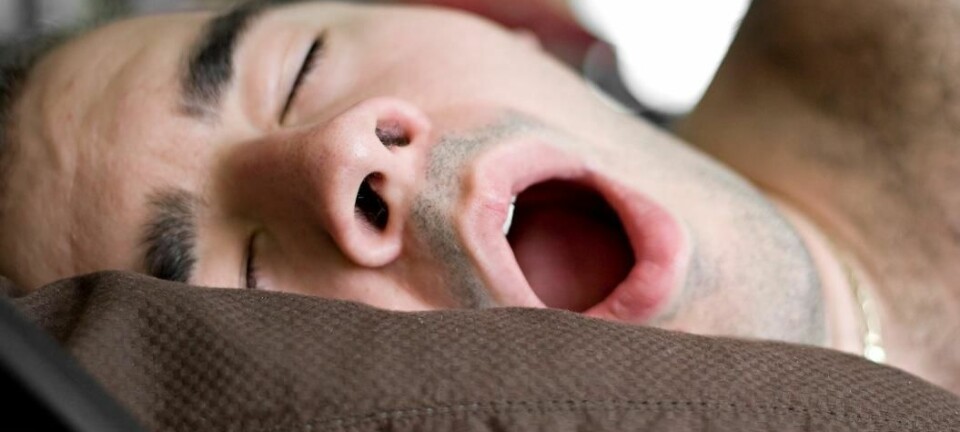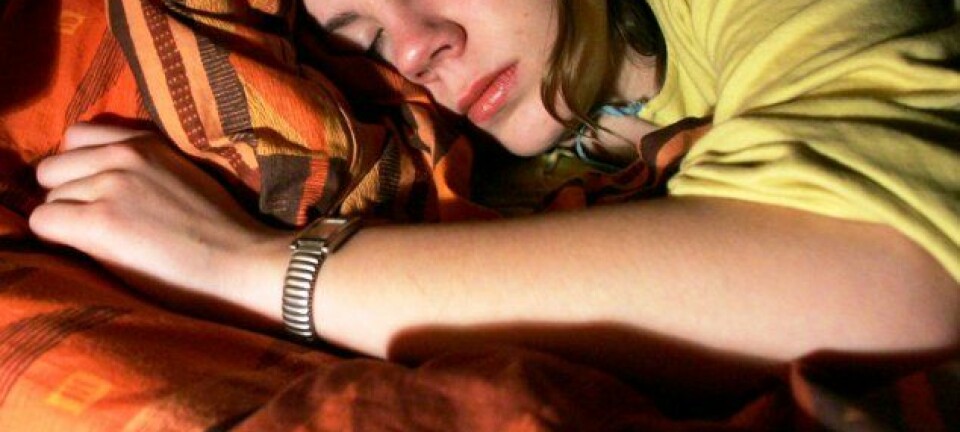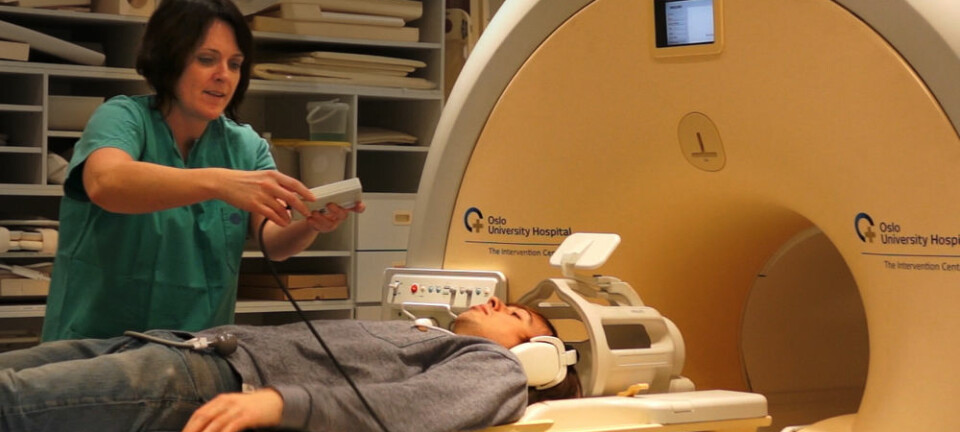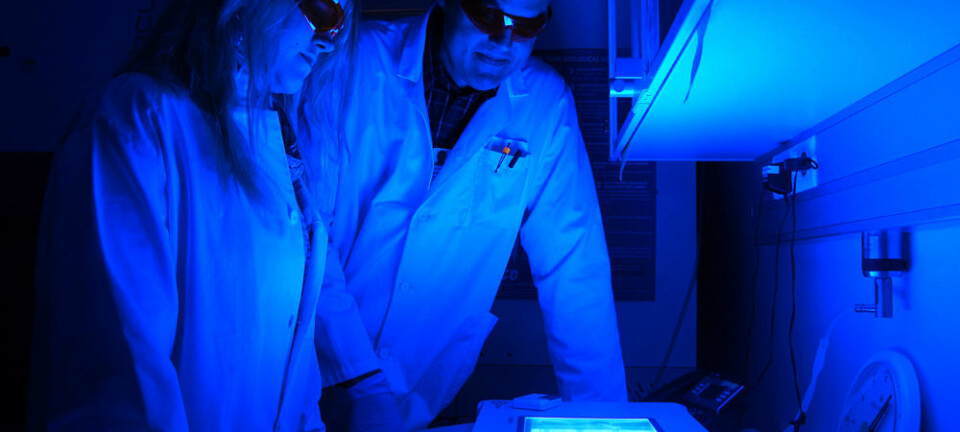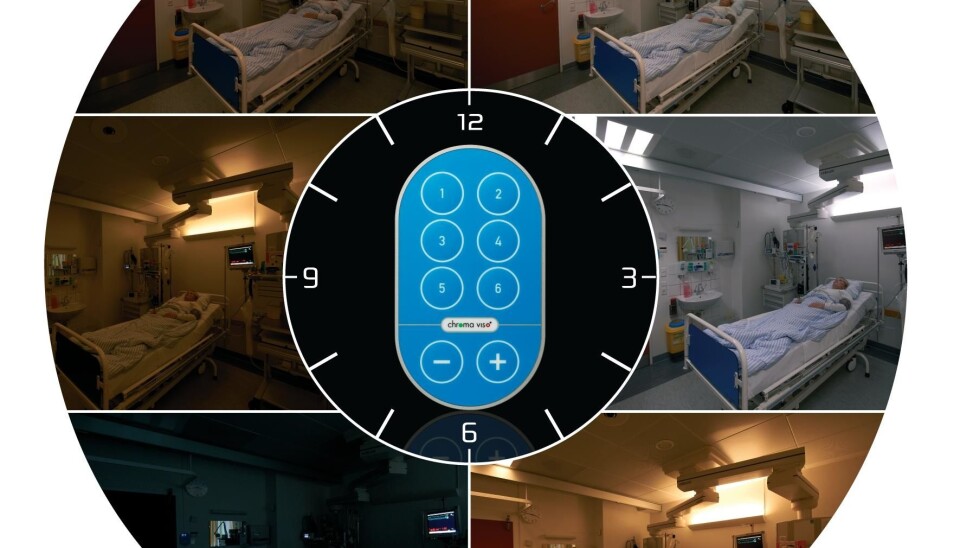
Light therapy to help brain-damaged patients
A new research project aims to study what therapeutic effects a special type of light that changes colour during the day has on patients with severe brain damage.
A special type of light, which changes colour depending on the time of day, was recently installed at the Unit for Clinical Apoplexy Research at Glostrup Hospital, Denmark.
Researchers at the hospital are planning to use the light to study the therapeutic effect of this light on the patients. The hope is that the light will give brain-damaged patients a significantly improved sleep pattern and that it will also have a rehabilitating effect on the patients.
”We also hope that the patients’ cognitive functions will improve – that they will be less depressed and less anxious and generally function better,” says Anders West, MD, a research fellow at the Department of Neurology at Glostrup Hospital.
First study of its kind
Scientists have long known that a disrupted circadian rhythm can be unhealthy and may even trigger cancer. However, no one has yet examined how long-term hospital patients respond to this special type of light.
We also hope that the patients’ cognitive functions will improve – that they will be less depressed and less anxious and generally function better.
The plan is that 100 patients at Glostrup Hospital’s Apoplexy Unit will take part in the study.
”The circadian rhythm can be likened to a conductor who conducts all the body’s cells. The cells have different functions at night and during the day. Metabolism, liver function and parts of the autonomic nervous system, including blood pressure and heart rate, are all partly controlled by our circadian rhythm,” says West.
The patients at the Apoplexy Unit are long-stay patients with severe brain damage, typically as a result of blood clots or brain haemorrhage.
One half of the patients will be exposed to regular hospital lighting, while the other half will be exposed to light which mimics natural light by changing colour and intensity during the day.
Organs work differently day and night
The eye’s retina contains cells that capture the colour of light and use it for night vision. However, around 1-2 percent of retinal cells are special, light-detecting cells that communicate with the circadian rhythm centre of the brain, which, based on the amount of blue light, determines the time of the day. The circadian rhythm centre passes this message on to the body’s organs, which then organise their work according to the time of day.
”Liver function, for instance, is controlled by the circadian rhythm. At night, the liver prepares the body, so that its sugar stores are filled up in the morning when we wake up,” says West.
It is therefore important that the liver knows when it’s day and when it’s night. Too much light at night can disrupt liver function and may even trigger diabetes.
----------------
Read the Danish version of this article at videnskab.dk

